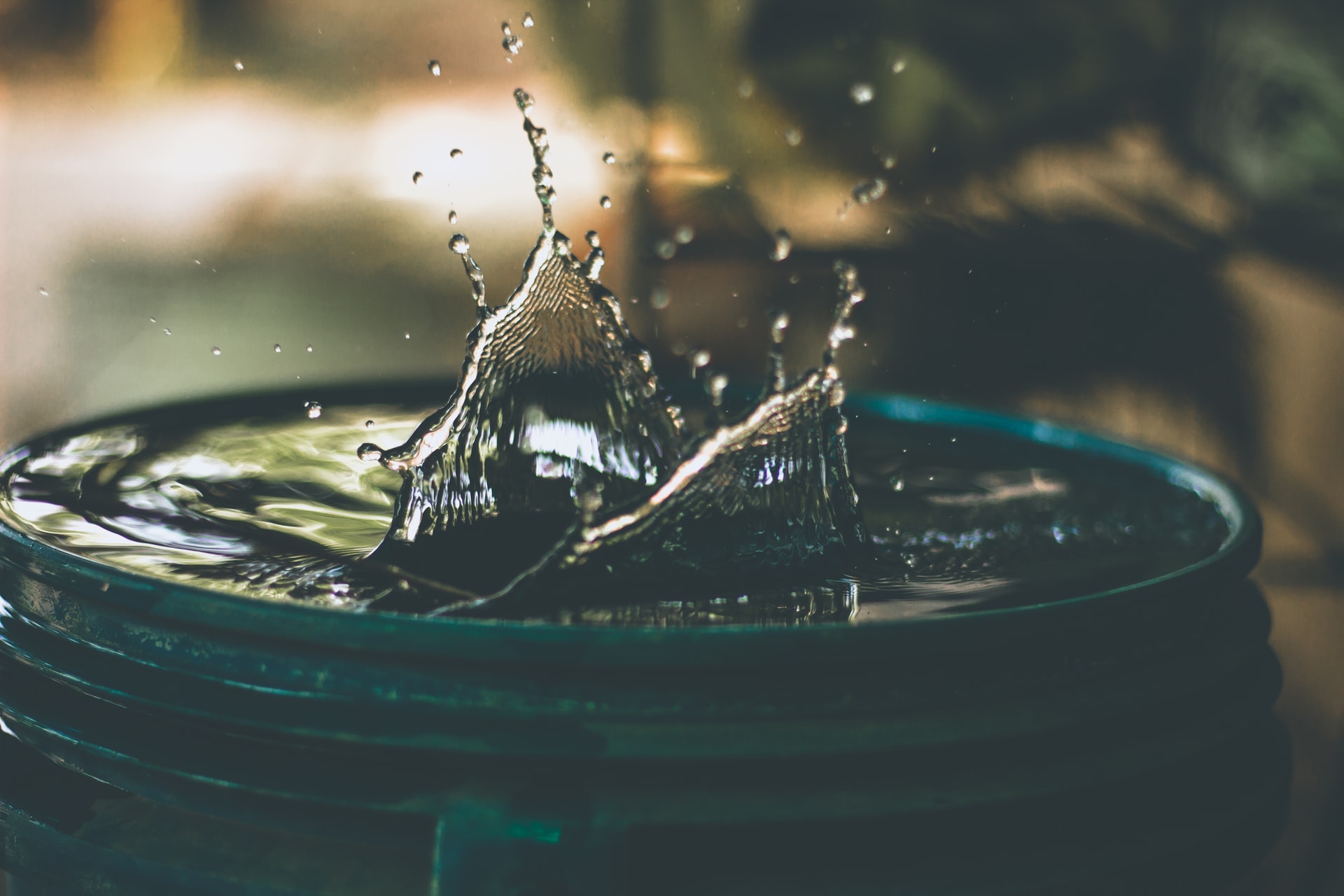No homeowner ever wants to deal with flood damage. Unfortunately, it’s one of those things we have very little control over, and it often happens without any warning at all. While flooding could be caused by heavy rains and storms, it can also occur from broken pipes, plumbing issues, and other similar problems. It is not always from the weather.
If you do experience any type of flooding in your home, here is what you should do.
Think Safety
First, you need to evaluate safety. Is this flooding going to make it necessary to evacuate the home? Make sure no one is at risk of being trapped or drowned in the water. This is most likely to occur from heavy rains, but it’s certainly something to be aware of.
The next elements of safety are determining whether the water is contaminated, like a sewer backup. On top of that, you need to consider whether the water is going to create any electrical hazard. These things should all be observed before anyone enters the flooded area in any way. It may be necessary to turn off the electricity at the main in some cases.
Even if the flooding doesn’t seem to be from sewage backup, we still recommend using rubber boots and gloves when entering the area or handling affected things.
Get a Move On
The next thing to know is that you need to move quickly for several reasons. You need to act fast to stop whatever is causing the flooding, if possible. If this is a leak or a pipe break, get the water shut off immediately. You also need to move items out of the water as much as possible. The sooner you can remove things from the water or the path of the water, the more you can mitigate potential damage.
From this point, you also need to quickly start removing water and restoring damaged areas. The goal should be to avoid mold, which can start growing within just 24 hours.
It’s a Process
Everything happens as part of a process. You know you need to move quickly, but you will also have some limitations. Rather than trying to process 100 different things at once, take it one step at a time. Try these steps to help:
- Stop the water source
- Determine safety necessities
- Move things out of or away from water
- Start removing water
- Get things dried out
- Restoration and cleanup
Flood Damage Restoration
The good news is that you don’t have to do any of this on your own. From the time you experience the flooding until restoration is complete, Dry 24 Restoration is here to help. Our teams are available 24/7. We can help you secure your property, establish safety, move things out of the way, inspect damage, dry up the water, and restore the damages.
Experiencing flood damage of any kind is overwhelming. Don’t try to figure out all the parts on your own. We’re here to help.


